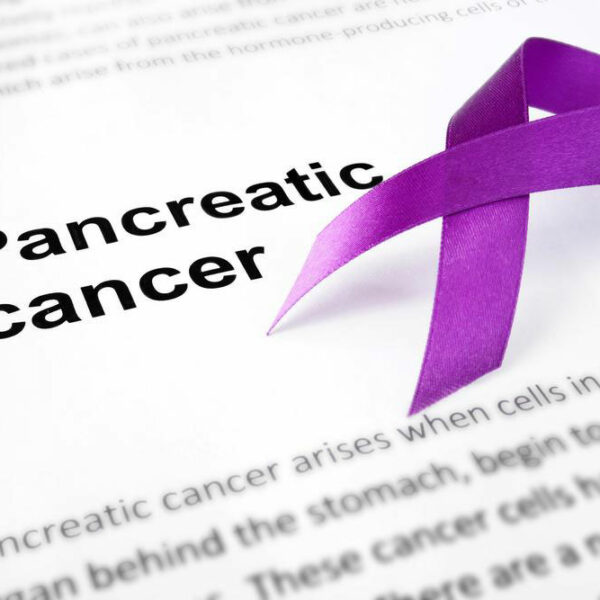
Treatment options for advanced lung cancer
Lung cancer forms tumors in the body that affect the lungs and cause blockages. 3 signs of lung cancer include wheezing, shortness of breath, and blood in the mucus. Although surgery and advanced chemotherapy help to remove and kill these cancerous tumors, there are rapid research and development in treating lung cancer. Radiation therapy Although radiation therapy is an older method of treating lung cancer but there have been new advancements in this particular treatment. In the recent years, the researchers have developed improved radiation therapy machines wherein there are built-in imaging scanners inside these machines. Popular as image guided radiation therapy, this method allows the doctor to take the pictures of the lung and help him make minor aiming alterations before he can give the radiation. This process aids in being more specific while giving radiation to the patient. In the end, there can be lesser side-effects as compared to an older form of radiation therapy. Lung cancer treatment for stage IV patients First of all, knowing the stage of the lung cancer helps the doctor to provide specific treatments that allow the patient to recover. Stage IV lung cancer, being the most advanced stage, is the form where cancer has already grown to other parts of the lungs and other areas of the body beyond the lungs.









